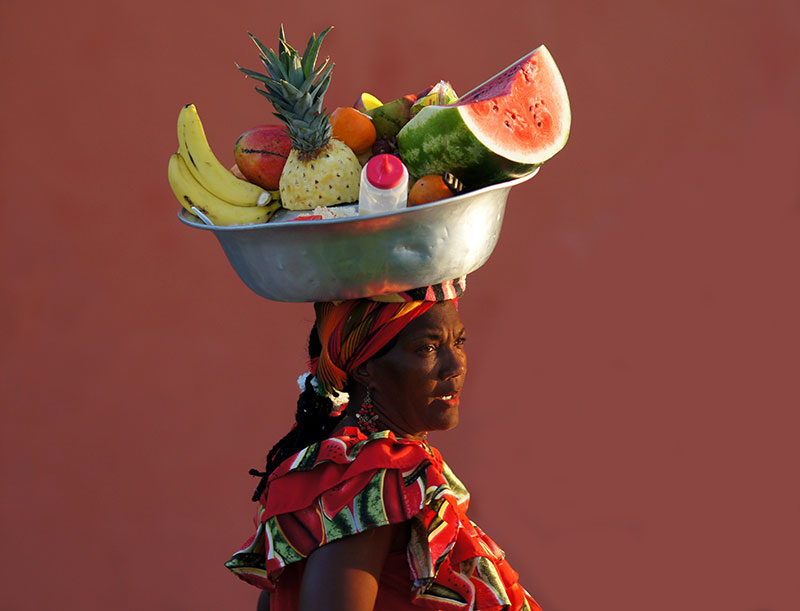
Palenquera Fruit Sellers of Cartagena: More than Just Icons
When you visit the vibrant streets of Cartagena, Colombia, one sight you’re guaranteed to encounter is the Palenquera fruit sellers Cartagena, adorned in brightly colored dresses and balancing bowls of tropical fruits on their heads. These women are an iconic symbol of the city, offering fresh fruits to tourists while posing graciously for photographs. However, behind their wide smiles and festive attire lies a story of resilience, survival, and cultural identity that stretches back over 400 years. The Palenquera fruit sellers Cartagena are more than street vendors—they are living symbols of Afro-Colombian history and the strength of the human spirit in the face of oppression.
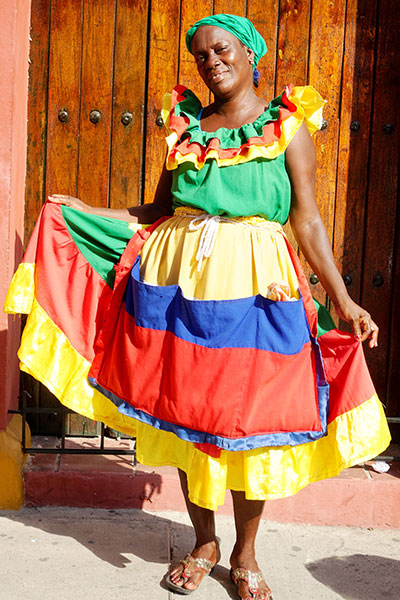
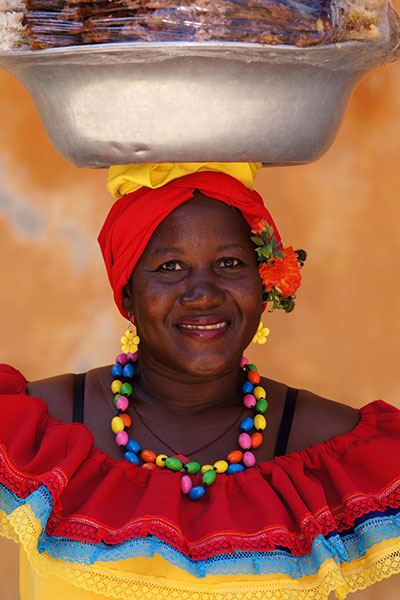
From Enslavement to Freedom: The Origins of the Palenquera Fruit Sellers Cartagena
During the height of the Spanish colonial period, Cartagena was a major hub for the transatlantic slave trade. Africans were captured, shipped, and sold across the Americas, many through the bustling port of Cartagena. But amidst this grim chapter of history, stories of resistance emerged. One of the most remarkable is the formation of San Basilio de Palenque, located about 50 kilometers outside Cartagena.
In the early 1600s, groups of enslaved Africans, many of whom would later be associated with the Palenquera fruit sellers of Cartagena, managed to escape their captors and flee into the nearby jungles. They formed fortified communities known as “palenques,” where they could live free from Spanish rule. San Basilio de Palenque was one of the most successful of these settlements. Officially established in 1713, it became the first free town in the Americas. Today, it is a UNESCO World Heritage site, recognized for its role in preserving African cultural traditions.
The residents of San Basilio maintained their African languages, religious practices, and customs, blending them with local indigenous and Caribbean elements to create a unique Afro-Colombian culture. The Palenqueras, as women from this community are known, played a crucial role in maintaining economic and cultural ties with Cartagena.
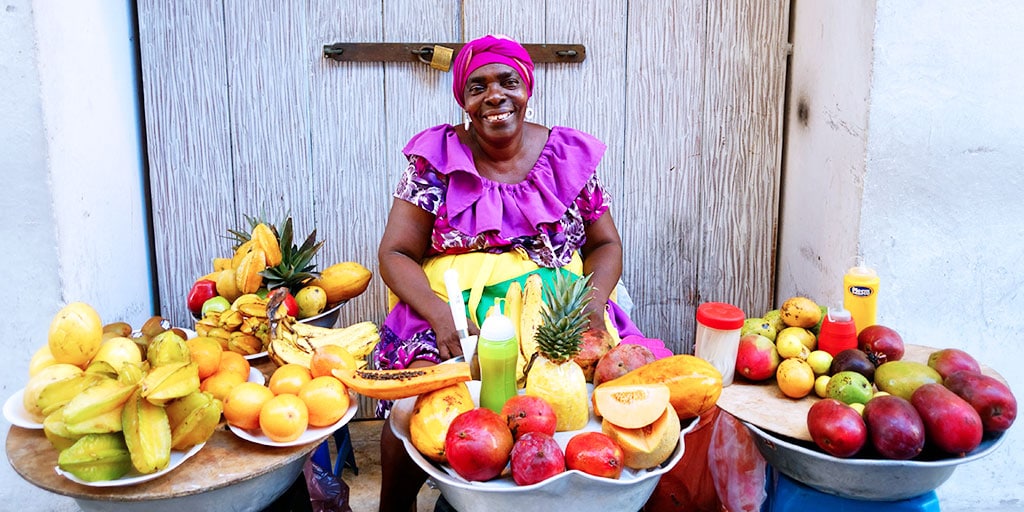
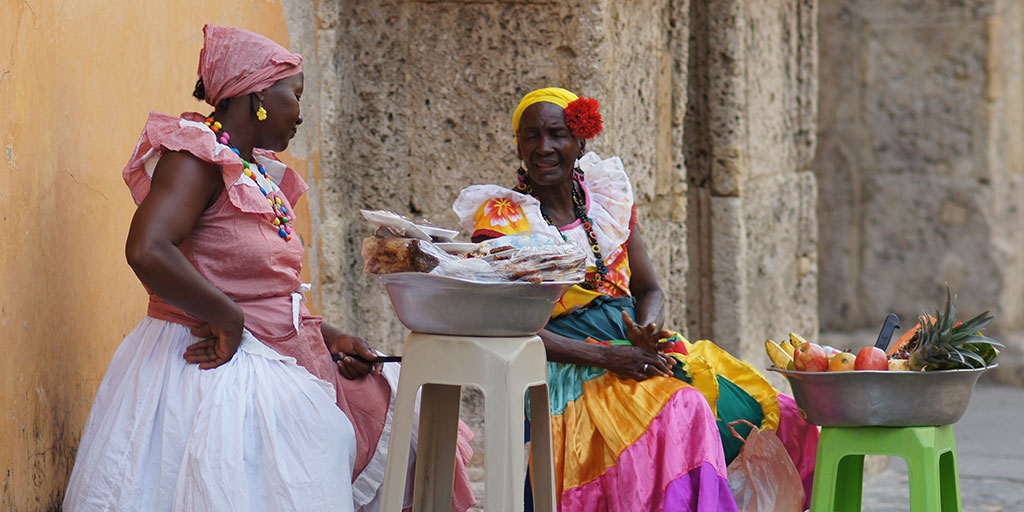
The Palenqueras’ Role in Cartagena’s Economy
While the men of San Basilio de Palenque protected their villages and provided for their families, the women took on the responsibility of trade. They would walk from their villages to Cartagena, carrying baskets of fruits, vegetables, and sweets to sell in the city’s markets. Over time, these women became a familiar and essential part of Cartagena’s economy, known for their skill in negotiating and their ability to provide fresh produce to the city.
The Palenqueras of Cartagena became known for their distinctive style—vibrant, flowing dresses that reflected their African heritage, and their ability to balance large bowls of fruit on their heads. This not only made them visually iconic but also served as a practical means of transporting their goods. Today, this image of the Palenquera is instantly recognizable, a symbol of Cartagena’s African roots and the blending of cultures that define the city.
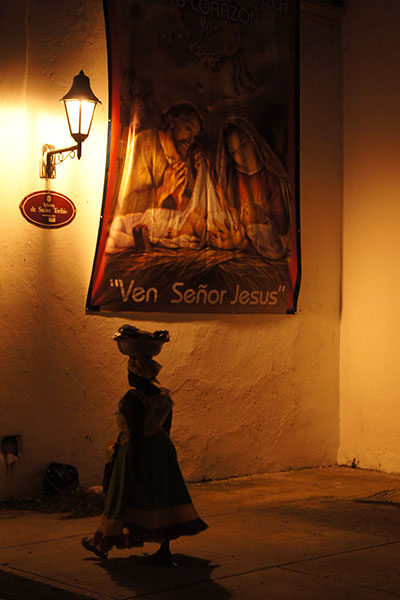
The Modern-Day Palenquera: Cultural Ambassador or Tourist Attraction?
Today, Palenquera fruit sellers Cartagena are as much a part of the city’s identity as the colonial architecture or Caribbean beaches. For tourists, taking a photo with a Palenquera has become a must-do activity, but it’s important to recognize the deeper significance behind these vibrant figures. These women are not mere tourist attractions; they are ambassadors of a powerful history of resistance, freedom, and resilience.
The Palenqueras of today continue to work hard, often starting their days at dawn to gather and transport fresh fruits into the city. For many, the income they make from selling fruit or posing for photos is a crucial source of financial support for their families. The colorful dresses and warm smiles may draw attention, but behind them is a story of endurance and cultural pride that stretches back centuries.
As Cartagena becomes an increasingly popular destination for travelers, there’s a responsibility to honor the true legacy of the Palenqueras. When you take a photo with one of these Palenquera fruit sellers Cartagena, remember that you’re participating in a historical narrative that dates back to the times of slavery and rebellion, to a people who fought for their freedom and their right to preserve their culture.
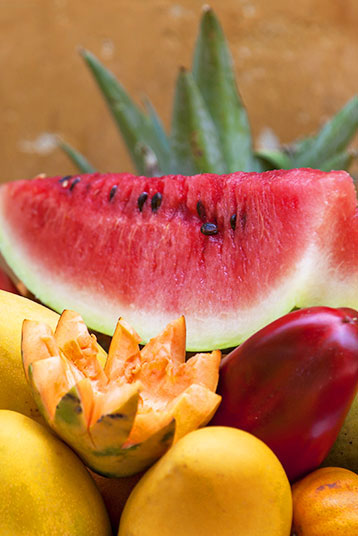
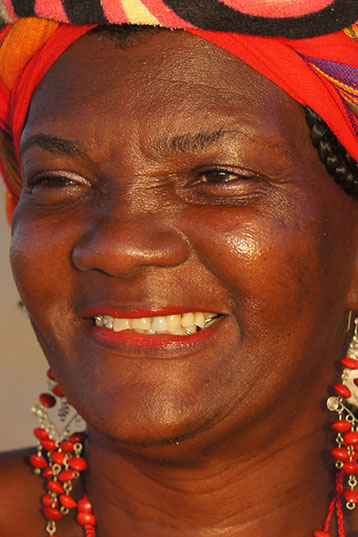
Their vibrant attire, rich Palenque language, and enduring cultural traditions serve as a reminder of the resilience and strength that has shaped the history of the New World. These women represent a powerful legacy, one that speaks to the survival and triumph of communities that have overcome centuries of hardship and adversity.
When you visit Cartagena and encounter one of these colorful Palenquera fruit sellers, remember that they embody more than just a photo opportunity. They are symbols of the rich and layered history that this beautiful Caribbean city is built upon.
And while you appreciate their remarkable story, don’t miss the chance to enjoy the fresh, delicious fruits they offer—an authentic and sweet taste of Cartagena’s vibrant culture.

Martha Hampton
Home Curator
Founder of Cartagena Colombia Rentals & Hampton Property Rentals Inc

